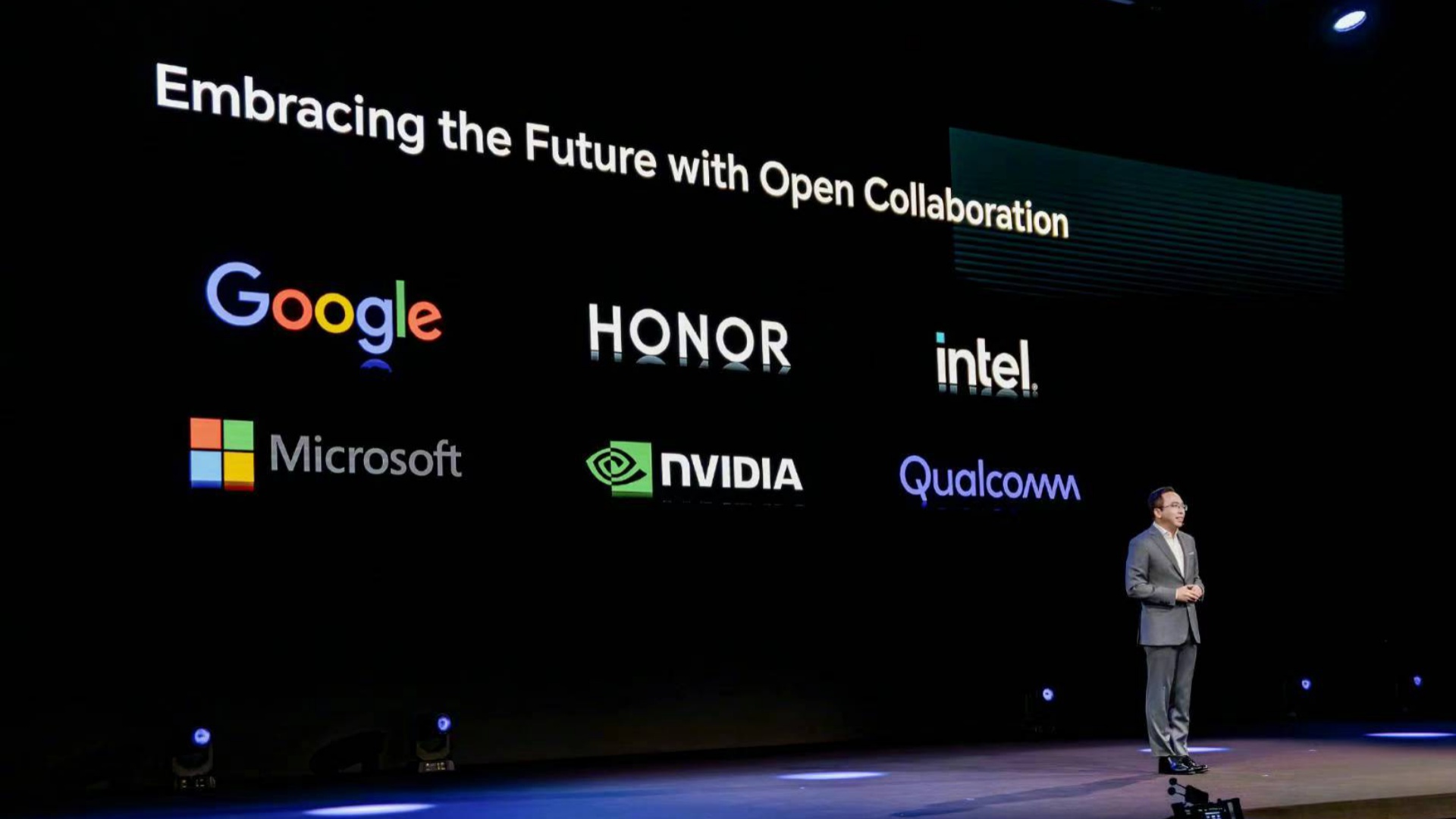- Honor recently unpacked its four-layer thinking when it comes to AI within a mobile device ecosystem.
- Many smartphone makers touting on-device AI sit at the third layer the company has explained.
- Honor adds that it is focusing on all four layers of the AI ecosystem at the moment.
At Mobile World Congress earlier this year, AI was everywhere. Nigh inescapable, every company that showcased new hardware regardless of what guise it took, made mention of artificial intelligence.
The same goes for Honor, which unveiled its Magic6 Pro phone to consumers outside of China, as well as the MagicBook Pro laptop, both of which featured some element of AI-powered features.
The company, like many others, is also concerned with how the artificial intelligence ecosystem will develop in terms of consumer electronics, and recently unpacked its thinking in this regard by noting that it views the environment in a four-layered system.
Each layer is not defined by maturity per se, nor by requiring certain conditions being in place, but rather by what it enables for consumers.
This functionality is very much driven by a collaborative process, which is something that Honor highlighted at MWC this year by announcing its work with the likes of Microsoft, Intel, Qualcomm, NVIDIA, and Google.
Unpacking the different layers, Honor defines them as:
- The first layer involves AI-powered cross-OS and cross-device integration. Platform-level AI can integrate various devices like smartphones, tablets, laptops, wearables, and smart screens into a unified system.
- The second layer utilises AI to reconstruct a single-device operating system, enabling devices to better understand and cater to user needs over time. HONOR’s Intent-based UI is one great example of this in action.
- The third layer refers to the on-device application of AI, including application-level AI like AI notes and summarisation.
- The fourth layer is hybrid AI, or the synergy between on-device and cloud-based AI, demonstrating cloud-based AI capabilities on smartphones.
Looking at how South African consumers would experience the different layers, Honor noted that its MagicRing feature would enable cross-device communication at the first layer, with it also working to make communication between different operating systems and ecosystems a possibility.
To that end, it wants to make it possible for a user to seamlessly community between an Honor phone, Apple tablet, and Windows laptop, for example.
On the second layer, the company points to its Magic6 Pro, which features the Magic Portal for cross-platform experiences as it terms it.
“For example, if someone sends you a message saying meet me a Rosebank mall, all you need to do is long press the message and slide it to the side panel where it will recommend the top Apps you would likely need. And in this case, it would be Google Maps,” it shared in a release with Hypertext.
As for the third layer, that is where many smartphone makers appear to be focusing their attention, according to Honor, citing Galaxy AI from Samsung as a key example.
“Currently, most manufacturers and platforms concentrate their efforts on the 3rd and 4th layers of AI implementation. HONOR, on the other hand, is actively exploring all 4 layers, with a specific focus on the 1st and 2nd layers,” it emphasised.
With much planned when it comes to AI within mobile device ecosystems in the future, it’s clear Honor has a clear direction it hopes to head.
[Image – Provided]

